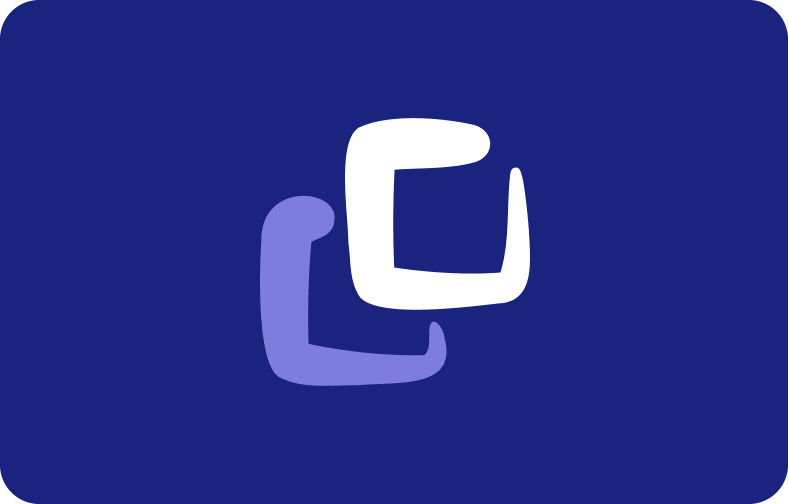Developing a Strong Web Developer Portfolio (A Simple Guide)
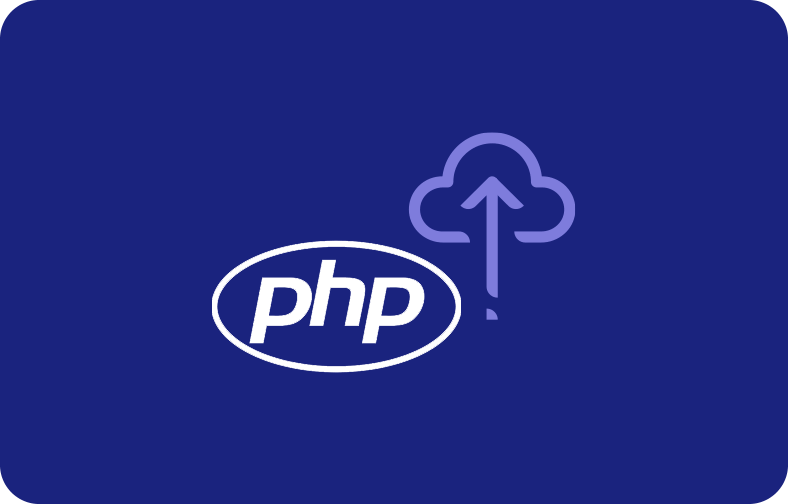
Developing a solid web developer portfolio is compulsory, paired with a cover letter and a resume to show a great example of your skill. This guide will teach you the easiest way to make a web developer's portfolio.
Suppose you are interested in pitching a client for the best web developer job experience. In that case, a secure and authentic online job portal is what you need to take seriously.
Making an effective web developer portfolio will increase your chances of getting the right job from potential clients.
Online job portals are specific, designated sites where you can showcase your best work.

Understanding Web Developer Portfolio
Web developer portfolios are online collections of the best web development projects to accurately present skills, abilities, and work quality.
The person looking for the job should enter all the correct and accurate details.

An amazing portfolio showcases act as a curated collection of professional examples of web developers to show to potential employers.
To get hired, a web designer should have an impressive and good web developer portfolio.
Building a Strong Web Developer Portfolio

Building a solid web developer portfolio is beneficial to showcase your skills, attract potential clients or employers, and establish a robust online presence.
Clearly define your brand as a web developer and make some general business proposals to save time while pitching. do not forget to edit your proposal according to the needs of your client. Or be quick in making new proposals that are customized. This way, you will set your self apart from other in the field.
You can also mention other particular skill in the field of web development like front end developer, software engineer, UX designer, or a content creator.
Choose a clean and professional portfolio design with an attractive interface. Opt for a layout that is easy to navigate, focusing on readability and user experience.

Ensure your design complements your brand and doesn't distract from the content.
Feature a selected number of high-quality projects that highlight your skills and expertise. Include a mix of personal and professional projects to showcase versatility. Each project should have a detailed write-up explaining the problem, your solution, and the technologies used.
Clearly outline your technical skills. This can include software developer, programming languages, frameworks, and tools you are proficient in. Use an appealing format, such as a tag cloud or a simple list, to make it easy for visitors to identify your skill set.
Include testimonials or endorsements from clients, colleagues, or supervisors if possible.
Positive feedback adds credibility and gives clients or employers insights into your working style and professionalism.
Invest in a custom domain for your portfolio. This adds a professional touch and makes your portfolio more straightforward to remember. It contributes to building your brand and establishes a sense of ownership.

Use relevant keywords throughout your portfolio to optimize it for search engines. This helps your portfolio appear in search results when someone is looking for a web developer with your specific skills.
Incorporate keywords in project descriptions, skills sections, and your bio with other elements like a call to action, various projects, slick animations, social proof, a landing page, and a solid background.
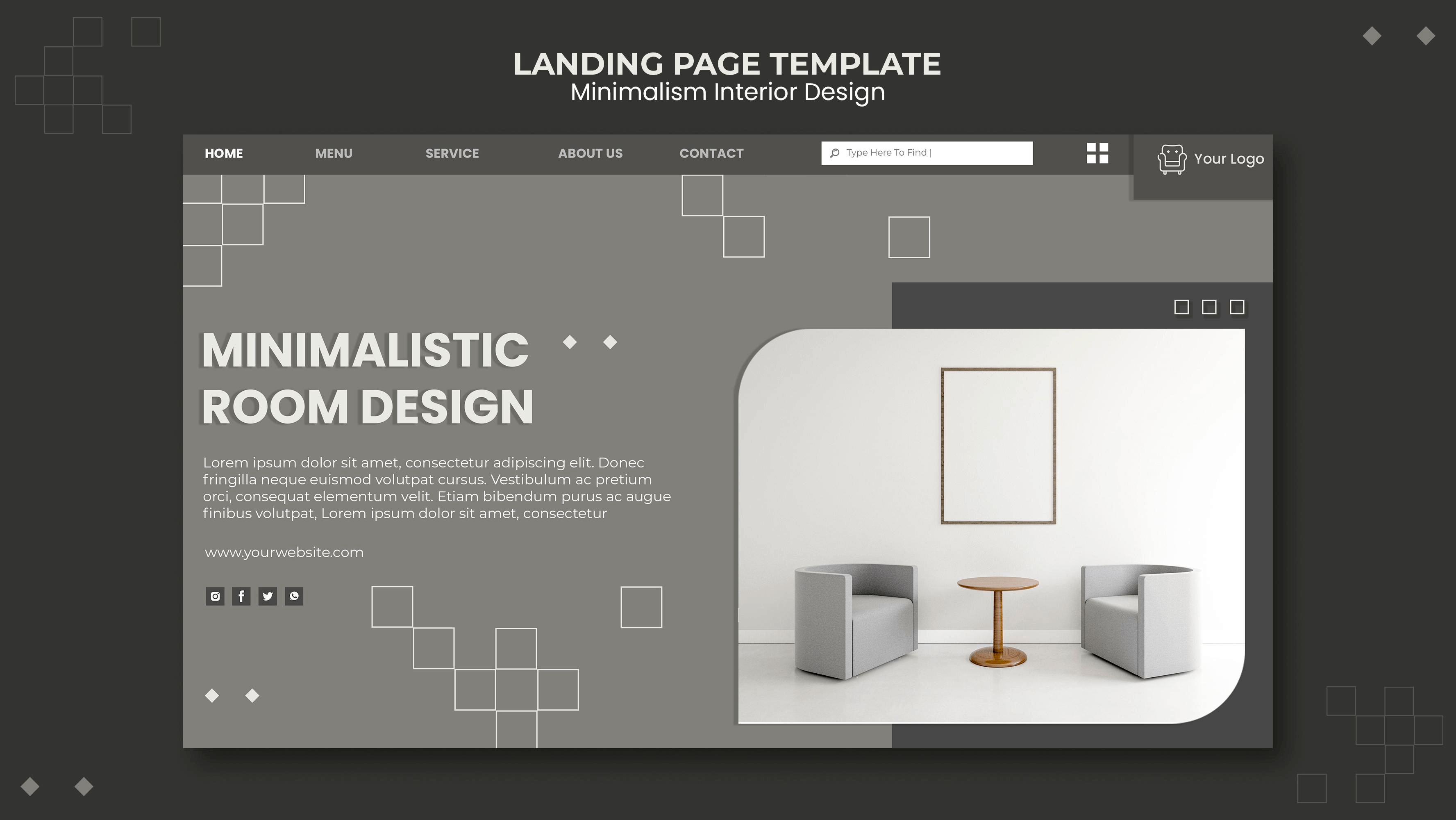
Make your Call-to-action button visible and active to make your audience get in touch with you easily. Include necessary contact section with your email address, LinkedIn profile, and other relevant contact information. Consider adding a contact form for convenience.
To get more insights, promote your portfolio on social media, business networks, and relevant online communities. Stay active on your accounts and try to engage with others in the field, share your insights, and participate in discussions.
Networking can significantly enhance the visibility of your portfolio.
With the increasing use of mobile devices, your portfolio must be mobile-responsive. Test your portfolio on various devices to ensure a seamless and visually appealing user experience. Keep your portfolio up to date with your latest projects and skills.
Regular updates show you are actively engaged in your field and committed to professional development. Remove outdated information to maintain relevance.
Reason to Make a Great Web Developer Portfolio

Sometimes, employers require a portfolio of your best past projects while hiring you as a web developer. A resume has its importance, but at the same time, a portfolio shows what you are capable of.
A portfolio can make you stand out, even if not required. It makes it easier for the hiring management to make an informed decision. It also demonstrates your commitment when you showcase your work.
However, portfolio websites allow employees to represent their skills and personalities in the best possible way.
Hosting Web Development Portfolio

There are many platforms on the internet where you have the option to host your developer portfolio examples. Some of the commonly used examples are:
-
Dribbble
-
Github
-
Behance
-
Codepen
-
Adobe Portfolio
Hosting a self-hosted developer portfolio website powered by a reliable web hosting provider can make you stand out.
To ensure the safety of your website, you can choose a secure VPS with DDoS protection against malicious attacks.
Having your own portfolio website is a personal corner of the internet where you can upload your projects with previous clients and show your expertise. You can add social media links to your profile with other websites like Medium, Quora, or LinkedIn.
Making a Web Developer Portfolio

Let us clear some critical points before moving to the portfolio development phase.
-
Kind of projects, for example, web applications, API work, websites, etc.
-
Illustration of your professional experience and skill, for example, back-end developer, front-end developer, full-stack developer.
-
Best project, for example, web development style and projects to represent your ability and style.
-
Bring uniqueness, for example, experience with specific technologies, focus on design, and past projects with any client or company.
As a web developer, you must analyze other portfolios for inspiration.
Notice design, layouts, and theme, and get creative by thinking and planning how you can remix existing structures or make your own.
Once you have decided on your portfolio layout, it is the right time to get creative.
It is advisable to start with a simple MVP version of your portfolio website. Add more content and functionality over time.
Your goal should be to get your site ready and make it live as soon as possible to attract remote or on-site work opportunities.
Do not forget to gather feedback on your portfolio.
Elements Your Portfolio Must Have

Everything in your portfolio will lead your skill to the next level of success and make you stand out. Let's detail what essentials you need to add to your online portfolio.
Homepage
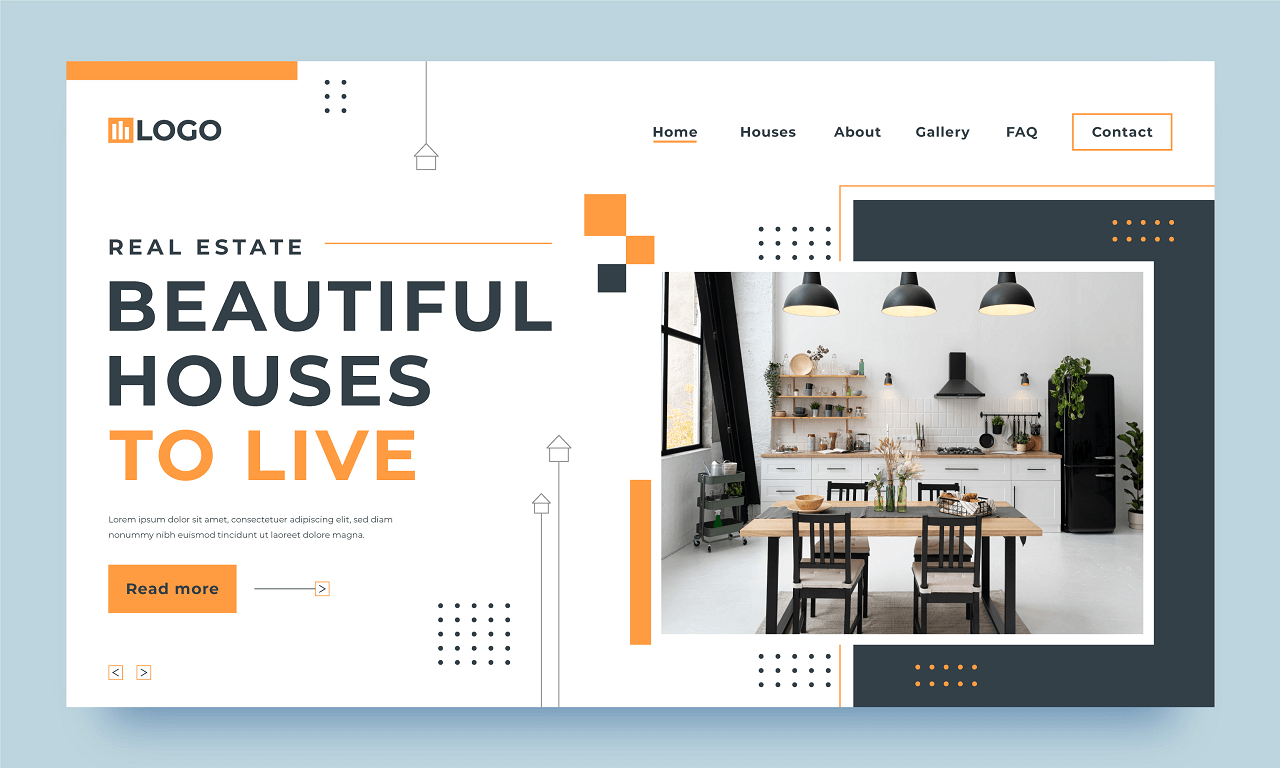
The homepage is the first impression visitors get of your portfolio. It should be visually appealing and provide a quick overview of who you are and what you do. Consider incorporating a brief introduction or tagline that encapsulates your professional identity.
Dedicate Section for Skills
Create a dedicated section that clearly outlines your technical skills. Use a visually engaging format, such as a tag cloud or skill bars, to make it easy for visitors to grasp your expertise at a glance. Highlight both your hard and soft skills.
Project Showcase
Showcase a curated selection of your best projects. Include detailed project descriptions, the technologies used, and the challenges you overcame. Consider categorizing your projects (e.g., web development, mobile apps) for easier navigation.
Section or Page with your Introduction
Use the About page to tell your professional story. Share your background, education, and what led you to become a web developer. This is also a great place to communicate your passion for the field and any unique experiences or projects that shaped your journey.
Valid and Authentic Contact Details
Always add authentic and active email address and contact details so that your visitors as well as your clients will get in touch with you when they need. Also, connect your social media accounts to your professional accounts.
Links to Your Tasks on Other Platforms:
Provide direct links if you have tasks hosted on other platforms like GitHub, Bitbucket, or Behance. This allows visitors to explore your work more detail and demonstrates your engagement with collaborative and open-source development.
Social Media Links Addition

Include links to your resume or CV for those who prefer a more traditional document. Additionally, if you're active on professional networks such as LinkedIn or have a Twitter account dedicated to your professional endeavors, include links to these profiles. It provides additional avenues for clients or employers to learn more about you.
Mistakes to Avoid in Web Developer Portfolios

Creating a web developer portfolio is paramount in demonstrating a strong online presence, but certain blunders can hinder its effectiveness. Here are some standard pitfalls to avoid:
Quantity Over Quality

One of the most familiar mistakes is prioritizing amount over quality. It is more useful to showcase a selected number of high-quality assignments that truly emphasize your skills rather than overwhelming visitors with a myriad of mediocre work. Quality always trumps quantity in a portfolio.
Project Write-ups

Failing to provide detailed write-ups for each project is a missed opportunity. Visitors to your portfolio want to understand each project's context, challenges, and solutions. Write-ups provide insight into your problem-solving skills and the depth of your experience.
Broken Functionality
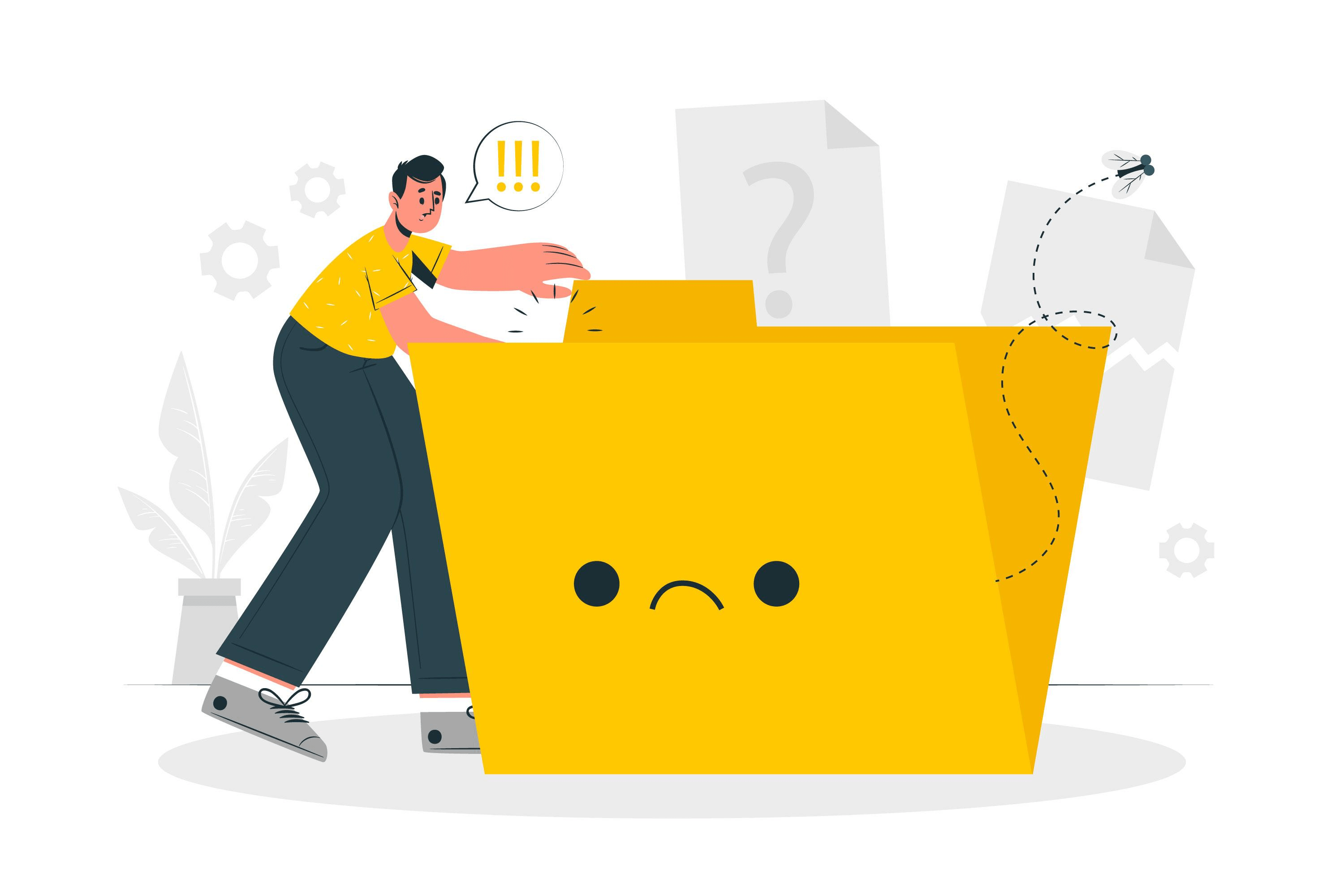
Nothing turns potential clients or employers away faster than broken functionality on your portfolio. Ensure that all links, buttons, and interactive elements work seamlessly. Broken functionality reflects poorly on your attention to detail and technical skills.
Non-Attractive Web Design

While creativity is encouraged, overly complex or distracting designs can detract from the main focus—the content. Your web design should be visually appealing but not at the outlay of readability and user knowledge. Keep the layout simple and let your outcomes speak for itself.
Lack of Real Images

Using stock imagery excessively or inappropriately can undermine the authenticity of your portfolio. Whenever possible, showcase real screenshots or visuals from your projects. This helps convey the genuine nature of your work and avoids the risk of presenting a misleading image.
Lack of Custom Domain

Using a generic subdomain or free hosting platform can give the impression of a lack of professionalism. Investing in a custom domain adds credibility and makes your portfolio more accessible for future job hunting. It is a small but impactful detail demonstrating your commitment to your online presence.
Low or No Website Traffic

Building a portfolio is only part of the equation; actively driving traffic to it is equally important. Share your portfolio across social media, include the link in your email signature, and engage with relevant online communities. With visibility, your portfolio may reach its full potential.
Conclusion
An impressive web developer portfolio can make you stand out more quickly. You need to follow specific steps to create your portfolio. Web developer portfolio examples should be analyzed, and practical and great examples should be added to your portfolio.
Mention if you are a front-end web developer and add home page features to make your portfolio exceptional. Add animated elements and make it in a unique style. Also, make sure that your portfolio does not have any errors and is made on a beautiful website with 3D or moving elements. This way, your portfolio can be a game changer for your destiny.
Frequently Asked Questions
What is the significance of having my own web developer portfolio?
A web developer portfolio serves as a showcase of your skills, projects, and expertise. It is a visual resume, allowing potential clients or employers to assess your capabilities and style.
How can I create a visually appealing web developer portfolio?
To create an eye-catching portfolio, focus on clean design, intuitive navigation, and high-quality visuals. Incorporate light and dark themes to cater to different preferences and showcase your design skills effectively.
Can you provide examples of effective web developer portfolios for inspiration?
Explore web developer portfolio examples to gain insights into layout, content, and presentation. Analyzing portfolios like Bruno's can offer valuable ideas for showcasing both development and design skills.
What elements should I include in my web developer portfolio to highlight my front-end development skills?
As a front-end developer, emphasize projects that showcase your front-end development expertise, such as responsive design, interactive features, and seamless user experiences.
How does having a web developer portfolio contribute to showcasing my WordPress development skills?
Your portfolio is an excellent platform to feature WordPress development projects, demonstrating your proficiency in creating dynamic and scalable websites using this popular platform.
Why must I include a mix of personal and agency site projects in my developer portfolio?
Showcasing personal and agency site projects demonstrates versatility and an ability to adapt to different project requirements and environments.
In what ways can my web developer portfolio reflect my software engineering background?
Your portfolio should highlight your software engineering skills through detailed project descriptions, overcoming technical challenges, and applying advanced development techniques.
What are the advantages of incorporating themes into my web developer portfolio?
Offering both light and dark themes caters to user preferences. It enhances the overall user experience, showcasing your attention to detail in design.
How can I effectively communicate my development skills through my web developer portfolio?
Clearly articulate your skills in your portfolio by describing technologies used, challenges faced, and solutions implemented in each project.
How can I ensure that my web developer portfolio stands out and is not just a generic representation of skills?
Differentiate your portfolio by injecting your personality, unique design touches, and innovative solutions into project showcases. This will make your portfolio memorable and set you apart from other web developers.








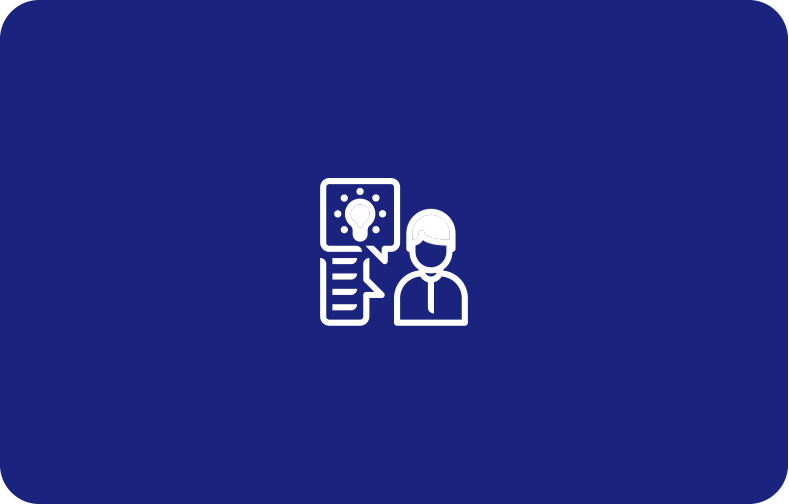
.webp)
